The Ultimate Milkweed Plant Growing Guide
Updated: Jan. 09, 2024
A milkweed expert answers questions, including why monarchs need milkweed, when to plant milkweed, and how to grow a milkweed plant.
Why Grow Milkweed Plants?
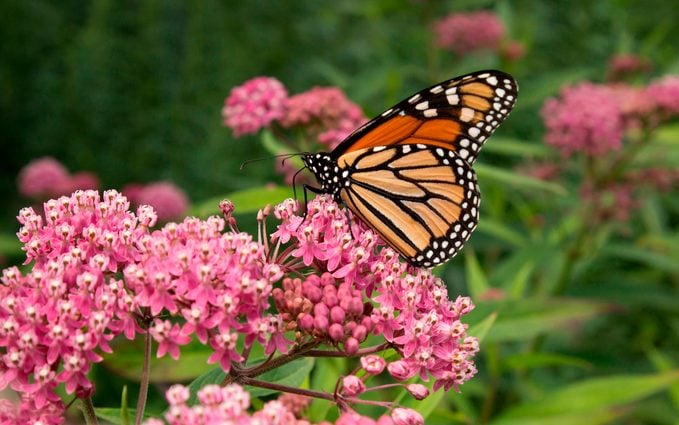
Monarch butterflies are rapidly declining due to loss of habitat and use of pesticides. Growing milkweed is the most effective way to help because it is the only plant that sustains a monarch through each of its life stages. It also produces a chemical that makes monarchs toxic and bitter-tasting to some of their predators.
“The bottom line is, if milkweed disappears, so will monarchs,” says Laura Lukens, who works as a national monitoring coordinator for the Monarch Joint Venture, a partnership of American federal, state and other organizations. “Home gardeners have a huge role to play in providing habitat for monarchs, pollinators and other wildlife. Residential properties have the potential to contribute many thousands—maybe even millions—of acres of habitat.”
Discover fascinating milkweed facts you should know.
What Is Milkweed?
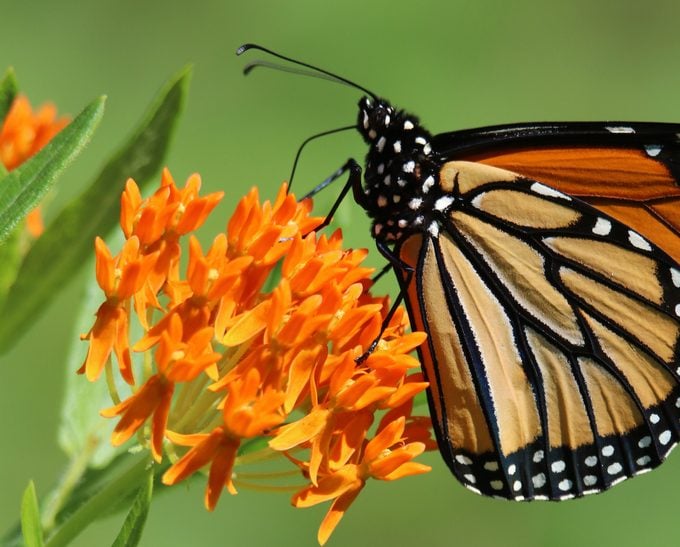
Milkweed, scientifically called Asclepias, is a huge genus, with more than 140 species throughout the Americas. It’s the only plant that hosts and feeds monarch caterpillars. The name milkweed comes from the milky sap inside the stems and leaves.
Learn the pros and cons of growing common milkweed.
What Does Milkweed Look Like?
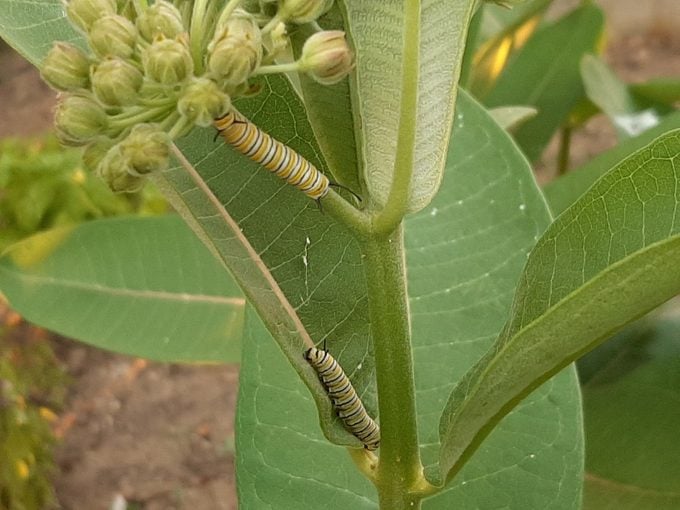
Milkweed doesn’t look like much—until it blooms. Then you’re treated to bright, colorful flowerheads rising up to 5 feet in the air. You can’t miss them and, fortunately, neither can the butterflies.
Grow showy milkweed in arid conditions.
Which Types of Milkweed Plants Should You Grow?
What kind of milkweed should I grow, and where do I buy it? asks Birds & Blooms reader Leo Patt of Oshkosh, Wisconsin.
Not all milkweed species are the right fit for your garden. For instance, common milkweed (Asclepias syriaca) has a wide native range and is the preferred food of the monarch caterpillar, but it can spread aggressively and may not be suited to a small yard. Be prepared to give it room or weed out unwanted plants. It spreads by seed and underground rhizomes. Remove pods before the seeds are released if you want to limit seedlings in next year’s garden. Sullivant’s (Asclepias sullivantii) looks similar to common milkweed but is a bit less aggressive.
Common names vary wildly, so use botanical names when you’re researching. Since milkweed species have varying needs for sun, water and space, pay extra attention to growing requirements.
Learn how to grow swamp milkweed.
Best Milkweed Plants for Your Region
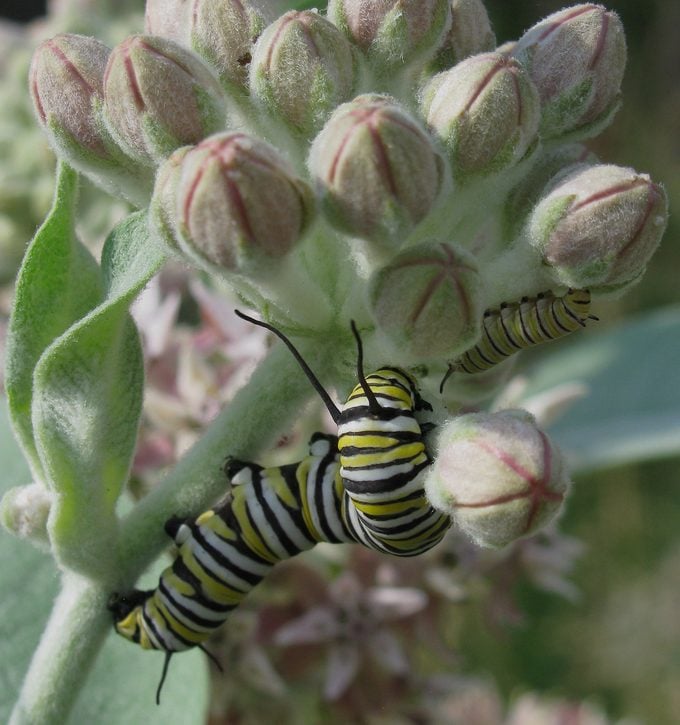
Call your county extension office to find out which milkweeds are best suited to your region, and take time to learn about their growth habits and requirements before deciding which to plant. Or visit plantnative.org to find out which varieties of milkweed are native to your area and where you can buy them.
Monarch Joint Venture recommends these regional milkweed species.
- Northeast/Midwest: common (Asclepias syriaca); swamp (A. incarnata); butterfly weed (A. tuberosa); whorled (A. verticillata); poke (A. exaltata).
- Southeast: butterfly weed (A. tuberosa); whorled (A. verticillata); white (A. variegata); aquatic (A. perennis); sandhill/pinewoods (A. humistrata).
- South Central: green antelopehorn (A. viridis); antelopehorns (A. asperula); zizotes (A. oenotheroides).
- Western, excluding Arizona and California: Mexican whorled (A. fascicularis); showy (A. speciosa).
- Arizona: butterfly weed (A. tuberosa); antelopehorns (A. asperula); rush (A. subulata); Arizona (A. angustifolia).
- California: Mexican whorled (A. fascicularis); showy (A. speciosa); desert (A. erosa); California (A. californica); heartleaf (A. cordifolia); woolly (A. vestita); woolly pod (A. eriocarpa).
Is honeyvine milkweed invasive? Here’s what you need to know.
One Milkweed to Avoid
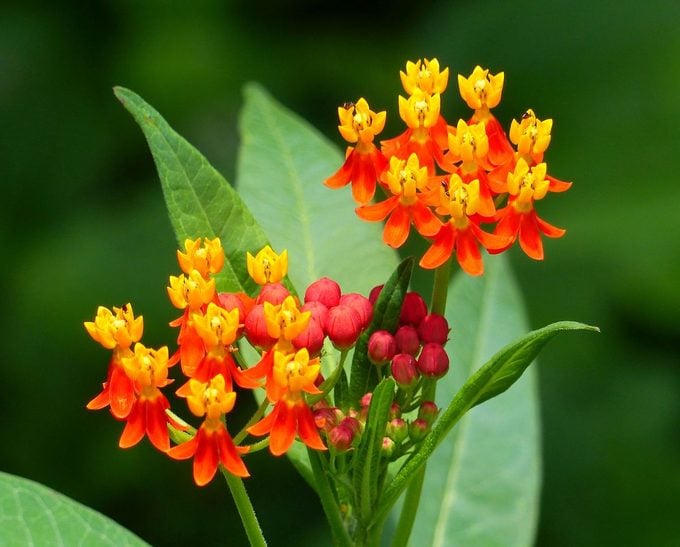
It’s helpful to have a diverse selection of native milkweed, but avoid non-native tropical milkweed (A. curassavica). Although it’s easy to grow, tropical milkweed types may encourage monarchs to stop short of their full migration. It also hosts a parasite that infects and harms monarchs.
If you have tropical milkweed in your garden, check with native plant specialists to learn how to minimize problems year-round, such as cutting plants back to a few inches tall in fall and winter.
Grow native butterfly weed for monarchs.
Is Milkweed a Perennial?
Does milkweed grow back or do I have to replant it every year? asks reader Annette Henry of McKeesport, Pennsylvania.
Horticultural expert Melinda Myers says, “Common milkweed is a perennial that’s hardy in your area and throughout Zones 3 to 8. Watch for plants to emerge this spring. Once established and flowering, plants spread by underground rhizomes (horizontal stems) and scattered seeds. Milkweed thrives in well-draining soil but struggles in overly wet and poorly draining areas. Although it’s drought-tolerant, it needs sufficient water for the first two years.”
Do monarch butterfly sightings have meaning?
When and How to Plant Milkweed
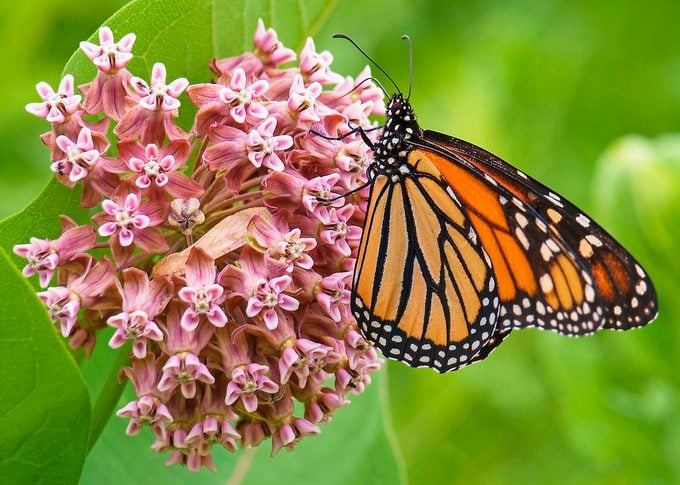
Sow milkweed seeds in fall, set out milkweed plants in spring.
If you’re starting from seed, fall is the best time to broad-sow outdoors. Many varieties contain hard coatings that have to break down before the seeds germinate, and exposure to a winter’s worth of snow and rain in cold climates will do just that.
The easiest way to grow milkweed is to start with plants instead of seeds. Tuck them into the ground in spring after the danger of frost has passed.
Follow the stages of the monarch butterfly life cycle.
How to Start Milkweed From Seeds Indoors
Starting milkweed from seed indoors is tricky. Most seeds need a period of chilling called vernalization and stratification to germinate and then flower.
If you want to start milkweed plants indoors, place seeds between moist paper towels inside a sealed plastic bag or plant the seeds directly into peat pots covered with a sealed plastic bag.
Chill in a refrigerator at least 30 days. Plant cold-treated seeds in a moist seed-starting potting mix. Place the pots under a grow light or near a sunny window. Warning: Seedlings may take a long time to emerge or not grow at all.
If the seedlings make it, start to transplant the 2-to-3-inch plants with the intact rootball after the danger of frost has passed. Most milkweed plants have long taproots that hate to be disturbed. A seedling may lose its leaves after being transplanted, or it could die.
Grow Joe Pye weed for butterflies and bees.
Where to Plant Milkweed
Some types of milkweed spread more aggressively than others. To contain the plant, grow milkweed in a raised bed or container and remove the seed pods. Or plant it only where it can run freely. Milkweed does not need to be fertilized.
Wear gloves when handling milkweed, because the milky sap may cause skin or eye irritation. In large quantities, the sap may be toxic to livestock or pets.
When Does Milkweed Bloom?
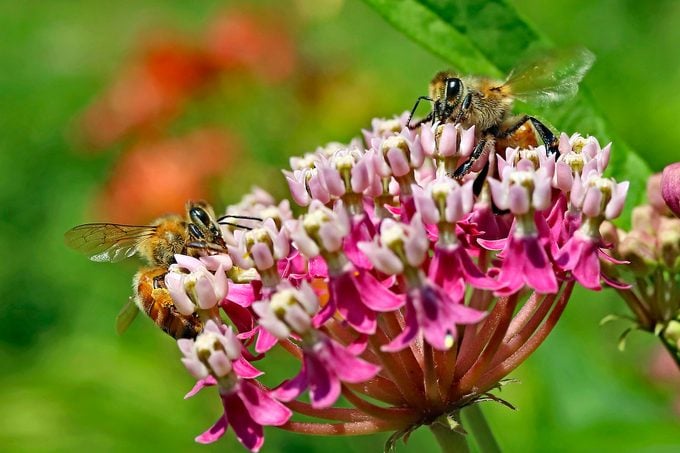
Look for the fragrant milkweed flowers to reach their peak in midsummer, typically between June and August.
Learn how to grow and care for Narrow Leaf Milkweed.
How to Save Milkweed Plant Seeds
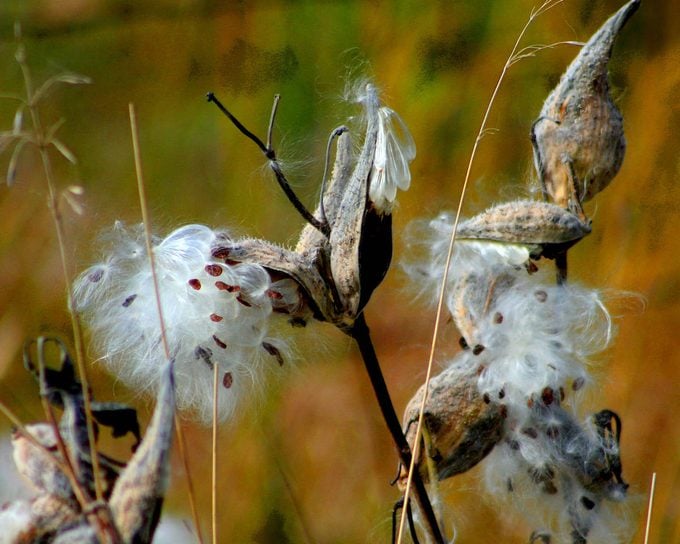
Once a milkweed plant starts making seeds, it stops putting energy into producing leaves and flowers. Extend the growth time of your milkweed by trimming spent flowers through midsummer. Later in the season, collect seeds by tying small bags over the pods while they mature, since many burst open to distribute their seeds far and wide.
Check out Monarch Watch for more information on how to collect and care for milkweed seeds.
Learn to Recognize Monarch Caterpillars and Eggs
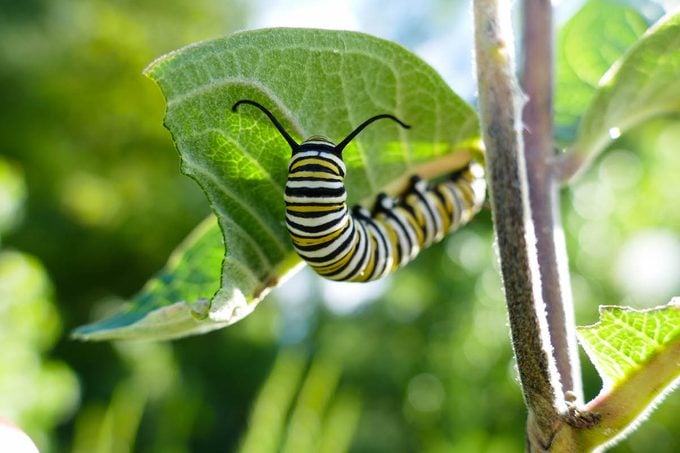
Identify monarch caterpillars by their white, black, and yellow stripes. The pinhead-size eggs are white and are laid singly on the tops or bottoms of leaves. Plus, when you plant milkweed in your garden, you might find more than monarchs — you might see a milkweed tussock moth or caterpillar.
Will Aphids Hurt My Milkweed Plant?
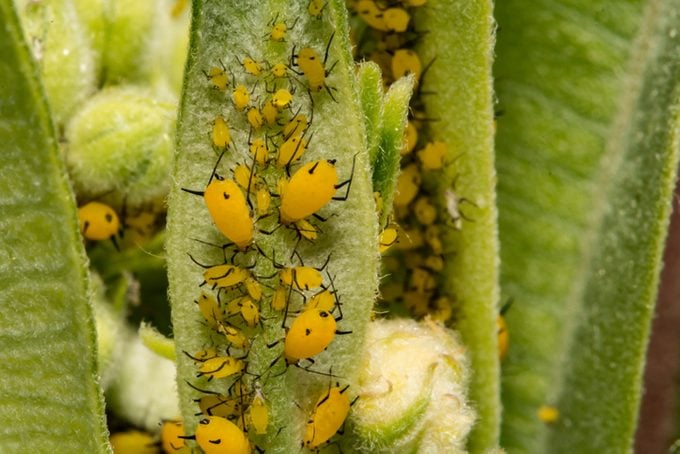
Milkweed may attract aphids and other insects. Milkweed aphids look like tiny yellow specks with black legs. They are usually found by the dozens clustered near the plant stem.
“While a high concentration of aphids on your milkweed may look bad, these insects are not necessarily causing harm to monarchs,” Laura says. “Unless they are in extremely high density, there are usually not enough to kill the plant.”
Because chemical pesticides or insecticides also kill monarchs, the best option is to remove the pests by hand, cut off stems with lots of aphids, or blast them with the garden hose if they’re causing damage. You can also simply allow nature to take its course.
Not sure if you’re dealing with monarch eggs or aphids? Learn how to tell the difference. Oh and, learn what milkweed bugs look like and whether or not you should be removing them, too.
